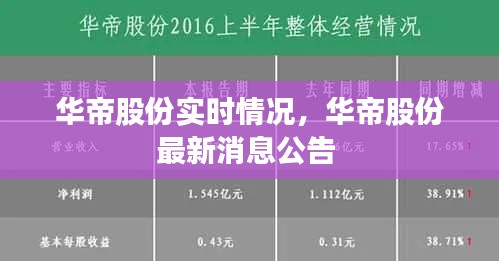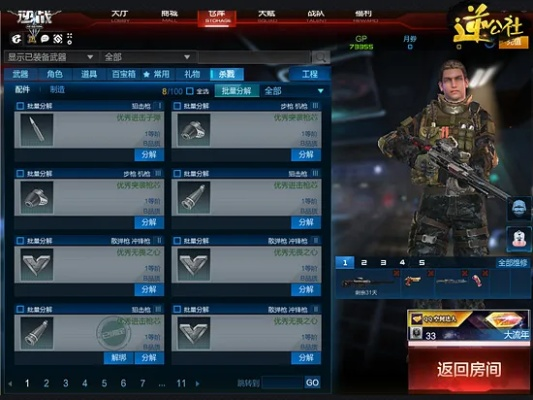Introduction to Real-Time Turning
Real-time turning is a term that encompasses a wide range of applications and concepts, particularly in the realms of technology, communication, and data processing. At its core, real-time turning refers to the ability to process and respond to information or events as they happen, without significant delays. This concept is crucial in many modern systems where immediate action or feedback is required to maintain efficiency, safety, or user satisfaction.
Understanding Real-Time Processing
Real-time processing is the foundation of real-time turning. It involves the immediate handling of data or signals as they are received, ensuring that the system can react swiftly to changes. This is in contrast to batch processing, where data is collected and processed over a period of time, often resulting in delays. Real-time processing systems are designed to provide immediate results, which is essential in applications such as financial transactions, emergency response, and online gaming.
Applications of Real-Time Turning
Real-time turning is applied in various fields, each with its unique requirements and challenges. Here are some key areas where real-time turning plays a critical role:
Financial Services: In the banking and financial sector, real-time turning is crucial for processing transactions quickly and securely. For example, when a customer makes a payment, the system must verify the transaction, update account balances, and provide immediate confirmation to the customer.
Telecommunications: In the telecommunications industry, real-time turning ensures that calls and data are transmitted without delays, providing a seamless user experience. This is particularly important for voice over IP (VoIP) services and mobile networks.
Healthcare: In healthcare, real-time turning is vital for monitoring patients and responding to emergencies. Wearable devices and medical equipment can transmit data in real-time, allowing healthcare professionals to make immediate decisions that could save lives.
Automotive Industry: In the automotive sector, real-time turning is essential for advanced driver-assistance systems (ADAS) that require immediate processing of sensor data to make split-second decisions, such as braking or steering.
Manufacturing: In manufacturing, real-time turning is used to optimize production lines and ensure that machines and robots operate efficiently. Sensors and control systems can adjust settings and processes in real-time to maintain quality and reduce downtime.
Challenges in Achieving Real-Time Turning
While the concept of real-time turning is straightforward, achieving it in practice can be challenging. Some of the key challenges include:
Latency: Minimizing the delay between data collection and processing is critical. High latency can lead to missed opportunities or incorrect responses.
Resource Constraints: Real-time systems often operate with limited resources, such as processing power, memory, or bandwidth. Efficient resource management is essential to maintain performance.
Complexity: Real-time systems can be complex, with multiple components and interactions. Ensuring that all parts work together seamlessly is a significant challenge.
Scalability: As the volume of data and the number of users increase, real-time systems must be able to scale without compromising performance.
Technologies Enabling Real-Time Turning
Several technologies have been developed to enable real-time turning, including:
High-Speed Networking: Advanced networking technologies, such as Ethernet, fiber optics, and 5G, provide the necessary bandwidth for real-time data transmission.
Microprocessors and GPUs: Specialized processors and graphics processing units (GPUs) are designed to handle the computational demands of real-time processing.
Real-Time Operating Systems (RTOS): RTOS are designed to provide predictable and deterministic performance, ensuring that tasks are completed within specific time constraints.
Machine Learning and AI: These technologies can be used to optimize real-time systems, predict future events, and automate decision-making processes.
Conclusion
Real-time turning is a fundamental concept in modern technology, enabling systems to process and respond to information as it happens. From financial transactions to emergency response, the ability to turn information into action in real-time
转载请注明来自马鞍山同杰良,本文标题:《实时转向什么意思啊英文,实时转账是什么意思? 》













 皖ICP备2022015489号-1
皖ICP备2022015489号-1